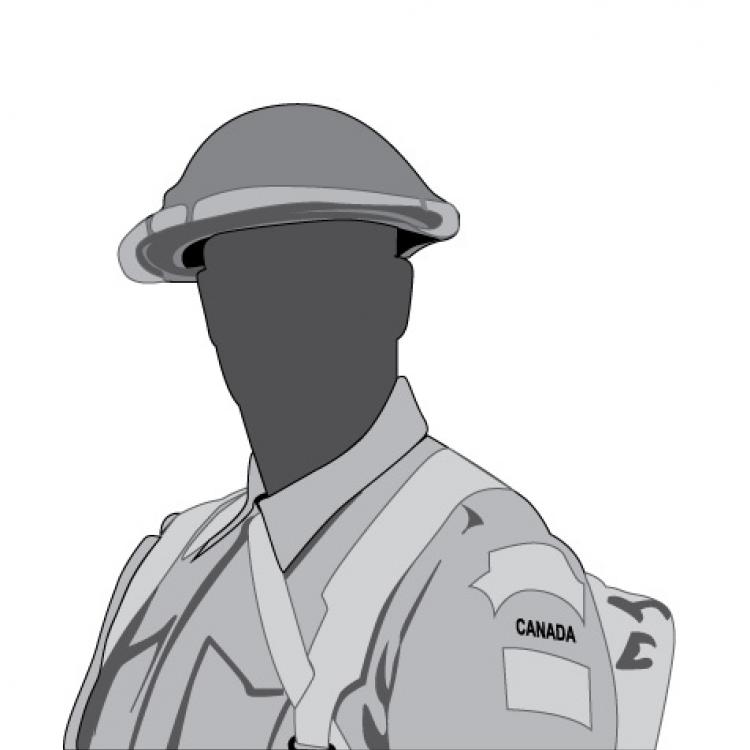DRYSDALE, William
DIVISIONAL UNIT: Canadian Garrison Artillery
No. 6 Canadian Siege Battery
No 5 Company
Canadian Artillery Corps
SERVICE NO: 2601855
RESIDENCE: Conquest – Saskatchewan
DATE OF BIRTH: February 14, 1884
Goderich – Goderich Township – County of Huron - Ontario
DATE OF DEATH: August 11, 1918 34 years 6 months
CEMETERY: Hourges Orchard Cemetery – Domart-sur-la-Luce –
Somme – France
B 42
PARENTS: Mr. and Mrs. Andrew Drysdale – Vancouver – British Columbia
Occupation: Farmer Religion: Presbyterian
Enlistment: Esquimalt – British Columbia – November 6, 1917
Enlistment Age: 33 years 8 months
Private Drysdale departed Canada from St. John, New Brunswick on January 21, 1918 and after his arrival in Liverpool he was taken on strength by the Reserve Battery Canadian Gun Artillery based at Witley Camp - Surrey on February 6, 1918.
He then proceeds overseas to the Canadian Field Artillery on April 2, 1918. Upon his arrival in France he is Taken
on Strength by the Canadian Artillery Pool on April 3, 1918. The following day he left for the Canadian Corps
Reinforcement Pool and arrived there that next day.
He was involved in the 2nd draft of the Royal Canadian Garrison Artillery and from there he went to the Royal Canadian Artillery.
Garrison artillery units came from units that had been in place at strategic points on the coasts of Canada. These units were equipped with heavy large calibre guns and howitzers that were positioned some distance from the front. These guns and howitzers had tremendous destructive power.
Gunner Drysdale lost his life from the attack of enemy aircraft while serving in the field.
During the day the visibility was poor but toward evening it cleared. The battery then proceeded to shoot at an enemy artillery battery with the assistance from an observation plane. The battery fired 200 rounds with good results and then when darkness fell another 75 rounds were sent over to the enemy battery. Then at 11 pm a hostile aircraft dropped bombs onto the battery. This is where we feel Gunner Drysdale lost his life.
A Siege Battery was mechanized at this point in the war. The compliment was 8 Officers and 215 men of other ranks. The ordnance per battery was 6 - 8” howitzers.
These howitzers were 6 feet in height, 23 feet in length and 8 feet in width. There were 8” Mark VIII, rifle breech loading and it could fire a 200 pound shell approximately 6 ½ miles.
This weapon was used to pound enemy trenches and target in his rear areas. The trajectory of the howitzer was very high and when the shell fell it was straight down and the damage was extreme on the enemy targets.


